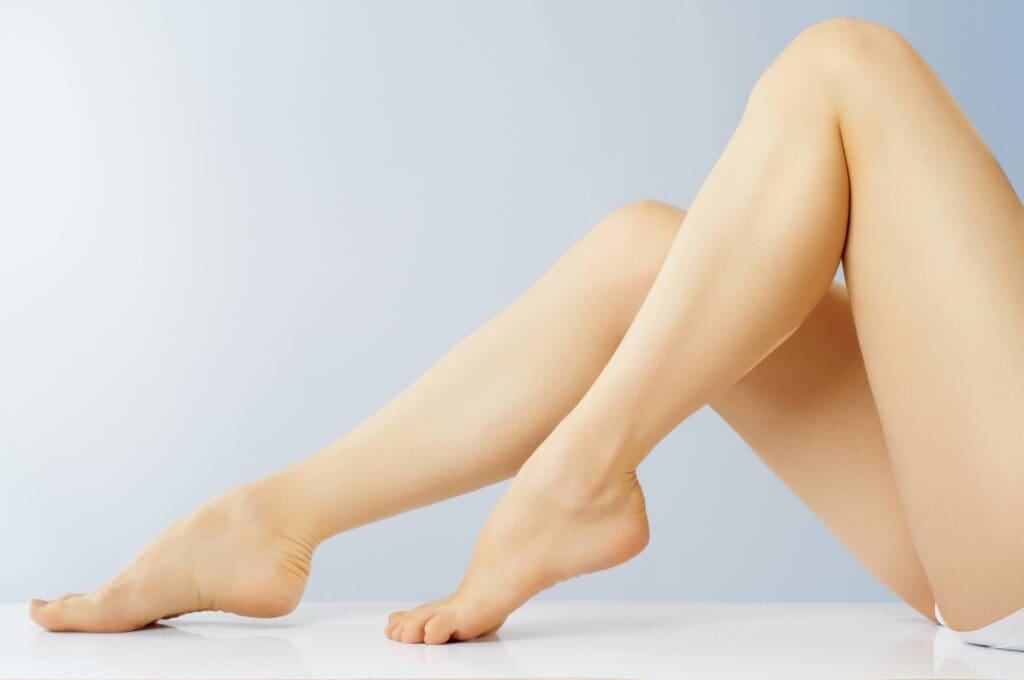Signs You’re Developing Varicose Veins

Varicose veins are a widespread condition affecting many people globally. Though often dismissed as a cosmetic issue, they can signal underlying venous insufficiency and, if untreated, may cause discomfort or lead to further complications. Recognizing the early warning signs can help you seek timely medical attention and take steps to manage this condition effectively.
Visible Veins and Spider Veins
One of the most common signs of developing varicose veins is the appearance of visible veins on the legs. These veins may appear enlarged, bulging, or twisted, giving them a rope-like or knotty appearance. Additionally, you may notice the presence of spider veins, which are smaller, thinner veins that often resemble a spider web or tree branches.
Leg Pain and Heaviness
As varicose veins develop, you may begin to notice discomfort in your legs, which can vary in intensity and type. This discomfort often manifests as aching, throbbing, or a persistent sense of heaviness in the affected area. Other symptoms may include swelling, cramping, or itching around the veins. The pain tends to worsen after standing or sitting for extended periods, as prolonged inactivity can increase pressure in the veins. However, these symptoms can often improve with simple remedies like elevating your legs, wearing compression stockings, or taking regular breaks to walk around and promote healthy blood flow. If symptoms persist or worsen, it’s important to consult a healthcare provider for proper evaluation and treatment.
Swelling and Inflammation
Varicose veins can cause fluid to accumulate in the surrounding tissues, leading to swelling in the legs and ankles. This swelling, medically referred to as edema, occurs when blood flow is disrupted due to the weakened or damaged valves in the veins. As a result, fluid leaks into the surrounding tissues, causing discomfort and heaviness in the affected areas. This swelling may become more pronounced at the end of the day, especially after prolonged periods of standing or sitting, as gravity further exacerbates fluid retention. Over time, if left untreated, this condition can lead to skin changes, increased discomfort, or even more serious complications.
Itching and Skin Discoloration
Some individuals with varicose veins may experience itching or a sensation of burning or tingling in the affected area, which can range from mild discomfort to persistent irritation. In some cases, these sensations are accompanied by swelling or an aching feeling, particularly after standing for long periods. Additionally, the skin around the varicose veins may become discolored, appearing red, brown, or blue, and in severe cases, the skin can become dry, flaky, or even develop open sores if left untreated. These symptoms often indicate the need for medical attention to manage the condition effectively.
Leg Cramps and Restlessness
Restless Leg Syndrome (RLS) and leg cramps are sometimes associated with varicose veins, which occur when veins become enlarged and twisted due to poor blood flow. These conditions can cause an uncontrollable urge to move your legs, often disrupting sleep and daily activities. This urge is typically accompanied by uncomfortable sensations, such as itching, tingling, or a crawling feeling under the skin. In more severe cases, individuals may experience persistent discomfort or even pain, further affecting their quality of life. Addressing underlying issues like varicose veins may help alleviate these symptoms.
Changes in Skin Texture
Varicose veins can affect the surrounding skin in multiple ways, often causing it to appear dry, tight, or even leathery due to poor blood flow and increased pressure in the veins. Over time, the skin may also become discolored or develop a thin, fragile texture, making it more prone to bruising or irritation from minor injuries. In some cases, the reduced circulation can slow the healing process, leading to wounds or ulcers that take significantly longer to recover and may even require medical attention to prevent infection. Proper skincare and treatment are essential to avoid further complications.
If you notice any of these signs, it is essential to consult a healthcare professional who specializes in venous conditions. They can evaluate your symptoms, provide an accurate diagnosis, and recommend appropriate treatment options to manage varicose veins effectively. Remember, early detection and intervention can help prevent the progression of varicose veins and alleviate any associated discomfort or complications. By staying vigilant and informed, you can take proactive steps to maintain healthy veins and overall well-being. If you need help managing your varicose veins, contact our team at Renaissance Laser & Vein Institute today.